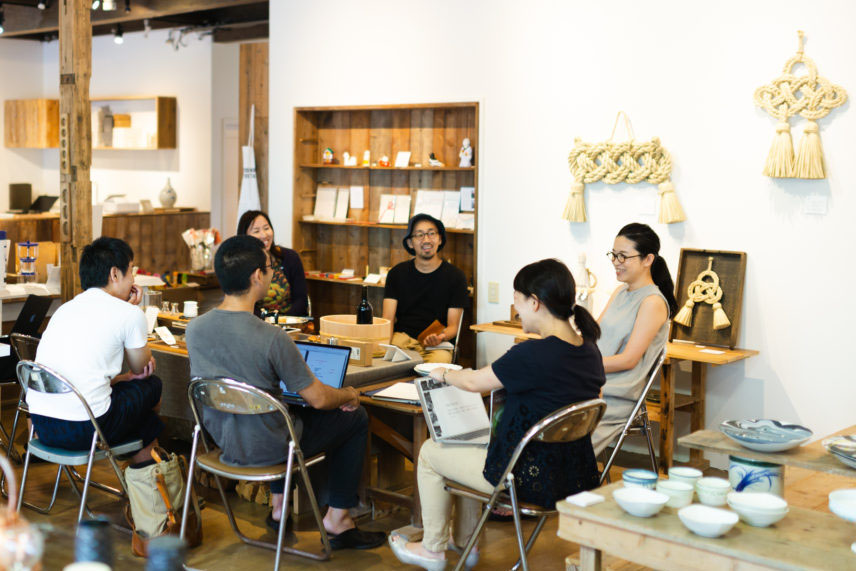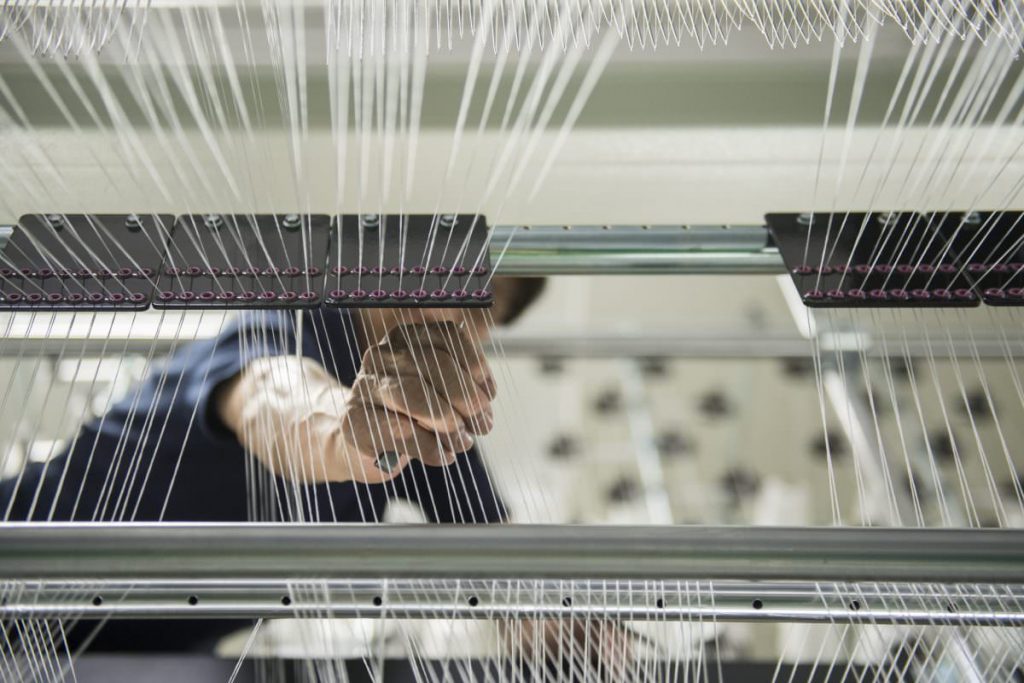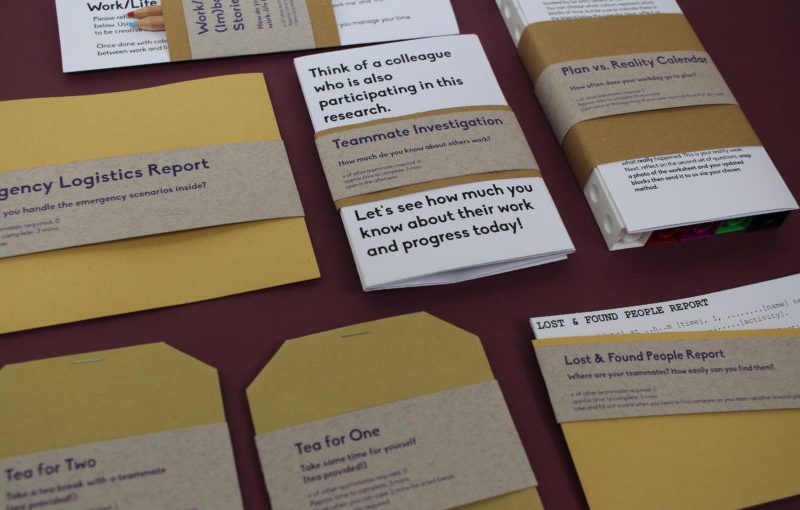New technologies, workspace design trends, shifting priorities and constantly adapting management strategies conjure both optimistic and doom and gloom scenarios for the future of work. Teams are ever more efficient, but often at the expense of a sense of meaning and connection to broader organisational and societal purpose. How can organisations, teams and individuals thrive in the contemporary workplace? How can design research create space for making meaningful work, inspiring offices, and valuable employee experiences? Reach partners around the world have worked on various practices, mindsets and tools regarding the future of work.
Generating Sparkle to Make Meaningful Work around the globe
Apogee, our Reach partner in Hong Kong, has done a lot of research on the issue of creating work environments that contribute to people’s wellness, by allowing them to not always in working mode and encouraging them to also be in learning mode. Create learning environments is key to this. Apogee has developed five key tools to help starting to understand and create a learning environment. These tools are: Character Cards, Practice Spotting, Practice Cards, Learning Portfolios, and a Meaning Canvas. They all help to generate sparkle and make meaningful work.
The intent of the five tools is to accomplish reflection at work, so people can better understand themselves and those with whom they work. But also to gain a better understanding of what work is meaningful to both individuals and teams. Learning environments allow people the time they need to be able to see different perspectives and understand systemic complexity. Apogee is regularly asked to do workshops and training programs on the use of these tools. They have already run several programs in China, Australia, New Zealand, US, UK, Italy and Sweden.
Employee centric innovation in The Netherlands
Customer Centric Innovation is fairly common practice in design research these days, and an evolution of this approach into Employee Centric Innovation can be seen as recently emerging. Thinking of an organisation’s employees as active and key stakeholders who also require services, enables organisations to ensure their mission is realised in the best way possible. Because in most cases: a happy employee leads to a happy customer. That is why VodafoneZiggo asked our Netherlands based Reach partner STBY to help improve their employee experience by exploring the ‘Candidate Journey’; the experience of recently hired employees from the moment they respond to a VodafoneZiggo vacancy to their first day at work.
The focus of the research was to get a good sense of what the Candidate Journey looks like from the perspective of recent VodafoneZiggo hires. Through interviews with employees who had recently started at the company, recruiters, HR managers and hiring managers STBY explored the needs and experiences, identifying pain points and delights, and defining opportunities to improve the Candidate Journey.
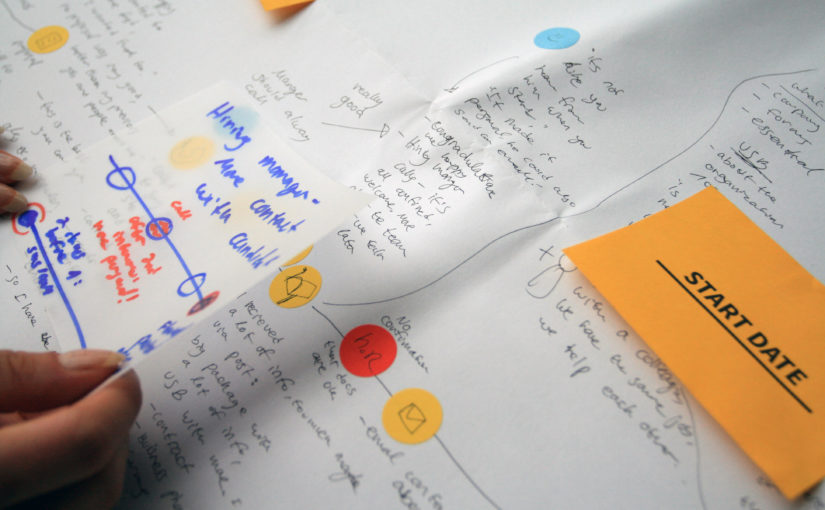
Improving the art of debating in France
The French think tank ‘Institut Confiances’ noticed a general decline in the capacity to debate – especially in groups with people who have different opinions. As an answer to this our French Reach partner id-sl developed a card game that helps people to practice the art of debating. Players experience the importance of respecting and understanding multiple points of view. By using the cards they exercise their capacity to have empathy towards the people they are debating with.
The card game consists of 7 different families of cards: government and citizens, culture and education, finance and economic development, management and social dialogue, security and legal policy, science and progress, and taboos. The title of the game is a quote by Emile Poulat (1920-2014), the Honorary President of the think tank: ”Mille désaccords ne font pas un conflit” which means: “A thousand disagreements don’t make a conflict”.
Reinventing Japanese arts & crafts for use in everyday live
The Saga prefecture in Japan has a rich tradition of crafts, such as ceramics and textiles. However, the products of such crafts have often been largely produced from only the perspective of the makers, leading to a divide between the makers and those who use craft products locally. At times these traditional crafts have become something distant, or disjointed from daily life.
The self-initiated ‘New Normal project’ of our Japanese Reach partner Re:public aims to break these isolated routines, initiating new conversations to bridge the conventional gap between makers and users. Taking a co-creation approach, they connect and form teams with makers, users, and collaborative thinkers, catalyzing dynamic interactions and fresh ideas. Through these lively interactions, they aim to co-create an environment where locals can be empowered to creatively incorporate the crafts into everyday life; changing perspectives and kindling a renewed connection with the land.
Changing the narrative from jobs to entrepreneurs in South Africa
In South Africa a large number of young adults are officially unemployed. Over 50% of those who started high school, failed to graduate. What are their professional opportunities? Levi’s® commissioned our local Reach partner Matchboxology to identify a new corporate social opportunity touchpoint for the next generation of South African consumers. The research Matchboxology conducted revealed interesting needs and opportunity areas for Levis’s to build on. For example, the youngsters indicated that school had not prepared them to become tomorrow’s productive citizens. In addition, they faced cultural barriers in creating startups, and entrepreneurial role models were absent from their schools and communities.
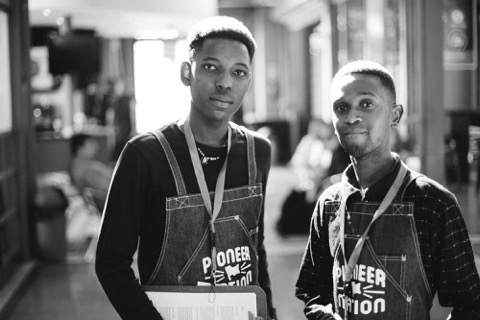
Understanding and better supporting teamwork in UK and Netherlands
Several organisations are developing services for collectives of users, such as teams and communities. Think Slack, Google, Microsoft, Spotify, Facebook etc. How do you research the needs and preferences of users when they are part of an interconnected collective? Many design research methods are tailored to understanding single, isolated users and their single, isolated work journeys. But what happens when we need to understand interactions between users at multiple levels of interaction — individual, bilateral, and collective?
London-based Reach partner STBY did a project for a large international technology company to explore this question by studying teams and teamwork within large organisations. The client was interested in interactions between multiple people, at the team level. When teams and teamwork are the area of interest, research questions become scattered across different levels of analysis. The cultural probes used for the fieldwork therefore needed to capture stories from individuals, pairs of individuals and the team. Methods were used that gathered data at the individual, pair, and group levels. That is why an innovative mixed-methods qualitative approach was used, entailing a 2-week probe study, interspersed with remote interviews and book-ended by two interactive workshops.
The future of Mexican offices and coworking spaces
Looking for a conceptual framework to use as a platform for speculating about the future of office spaces, the Industrial Design Studio JD-E in Mexico commissioned our local Reach partner Studio José de la O to do design research. They visited current open office environments, looked at technological trends, interviewed several stakeholders in the field and did lots of desk research. The results generated a number of forecast that could work as an starting point in generating different design briefs. Two toolkits were designed in order to use all the concepts and forecasts. One is a ‘randomizer’ card game, and the second is a dart game.
In addition to this project, WeWork – a company that started in New York and is now popular for creating beautiful coworking spaces around the world – asked Studio José de la O to re-interpret their concept for the Mexican user, before they opened the first Mexican coworking Space. Researching Mexican popular culture, craft and aesthetics, they created guidelines of how any mexican entrepreneur could feel ‘right at home’ on any potential environment. This research resulted ina series of digital and silkscreen prints, using phrases taken from Mexican culture to bring a positive and motivational message all over their working spaces.
Culture change and subjective boundaries in organisations in Canada
Our Canadian Reach partner Big Human worked on various projects related to culture change and building subjective boundaries within working environments. The first step towards cultural change is recognising the social dimensions that wish to defeat change in organisations. Introducing non-violent communication and using imitation in advance of explaining casts no blame on the actors who take up change. As to building subjective boundaries in the work environment, Big Human constructed a design research kit that mines a subject with new boundaries.
Guiding the strategic innovation journey for a Japanese corporation
A large multinational supplier for the automotive industry wanted to develop its way of developing new ambitious propositions for the future. Working with multi-disciplinary teams from their offices around the world (Asia, US and Europe), they were looking to inform their innovation journey with both the analysis of the emerging future trends and new, more disruptive directions beyond their current business domains. A striking request, since it is rather common in the automotive industry that innovation practices are mainly technology-driven. Reach partner Summ( )n developed a bespoke program for this ‘innovation journey’, spanning a period of 4 month that included 3 intense and collaborative multi-day summits, delivered in partnership with STBY. This innovation journey included a number of connected steps: joint exploration of possible future developments, in the client’s own industry and beyond; generation of new ideas and concepts that anticipate these future developments, both short and long-term; further elaboration and articulation of these ideas, including their presentations and assessments.
